Harvesting Basil: ‘Leave At Least Two Sets Of Leaves Behind Per Stem’ Says Peter Lickorish
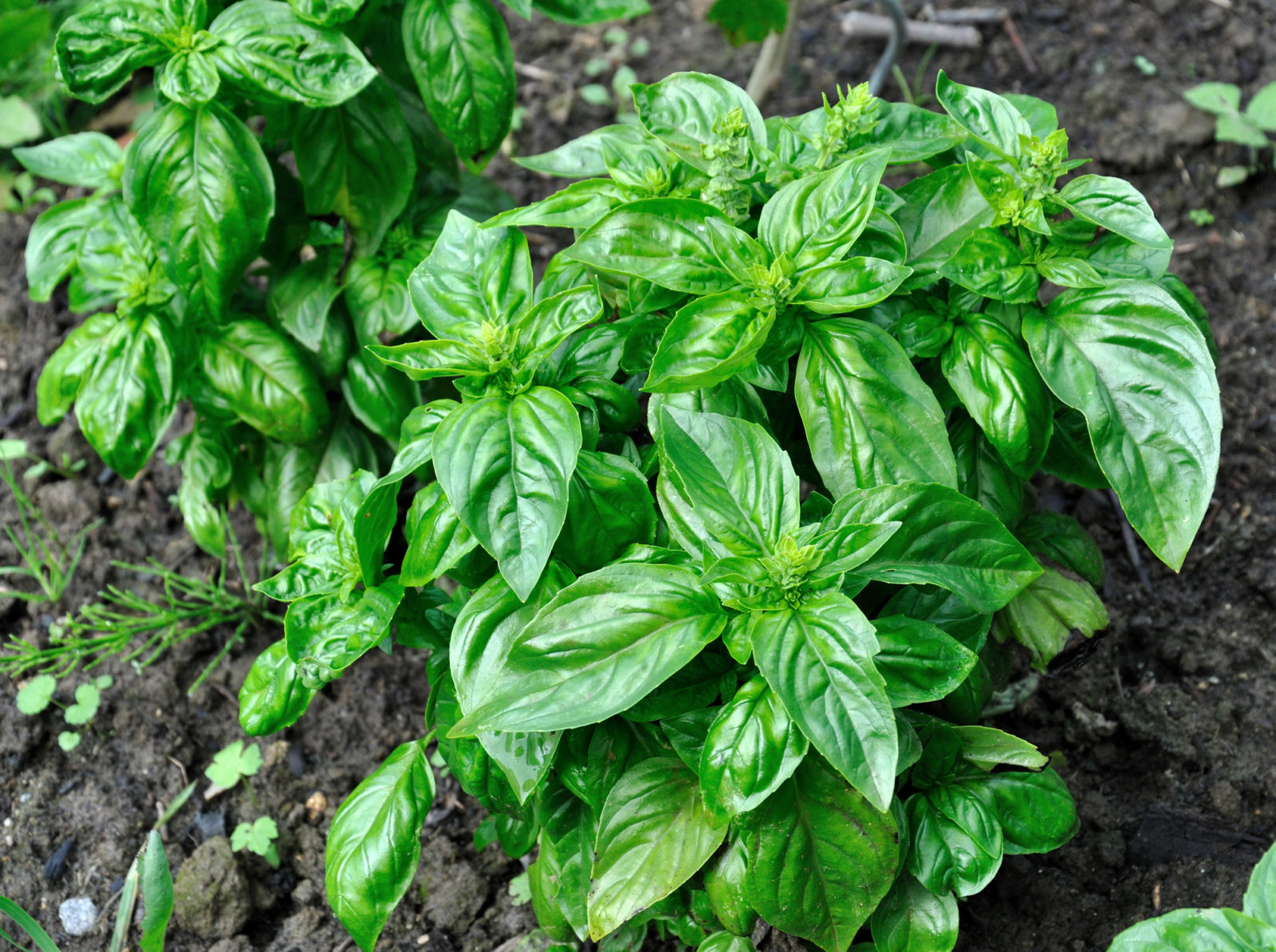
Reviewed By PETER LICKORISH

Peter is a Horticulture Lecturer and self-employed Horticulturist, with a passion for diverse areas of the industry - from garden design to the science behind plant growth and propagation. He has completed the Royal Horticultural Society’s Master of Horticulture (MHort) Award and lectures on RHS courses at Bedford College.
Contributions From EMILY CUPIT

Emily is a Gardening Writer, Photographer and Videographer from Derbyshire, UK. She is the Founder of Emily's Green Diary - a community of more than 75,000 people who share in her gardening journey.
IN THIS GUIDE
BASIL GUIDES
Harvesting
Propagation
Sowing
Basil is a delightful addition to pasta sauces, pizza toppings and Thai-inspired cuisine, so it’s helpful to have a plentiful supply to hand in the kitchen.
Thankfully, it’s one of the easiest herbs to cultivate, meaning even novice gardeners shouldn’t run into any problems.
Although it’s easy to sow and care for, it can still be tricky to know exactly how and when to harvest the plant, how to use it in your cooking, and the best ways to store it.
For that reason, we’ve put together this guide, consisting of the following steps:
- Start picking leaves when the plant is mature enough.
- Prune it to keep it in shape.
- Store it for the future.
- Cook with it like a culinary wizard.
To clarify the process as much as possible, we’ll investigate each of those stages in isolation in more detail below.
| Difficulty | Easy |
| Equipment Required | Small pruning scissors |
| When To Take Cuttings | Throughout growing season |
1) Pick The Leaves When Mature
You can begin harvesting leaves from your basil plant when it’s ready – this will become apparent from the vibrancy of its foliage and its height (a minimum of 15cm in or 6 sets of leaves high).
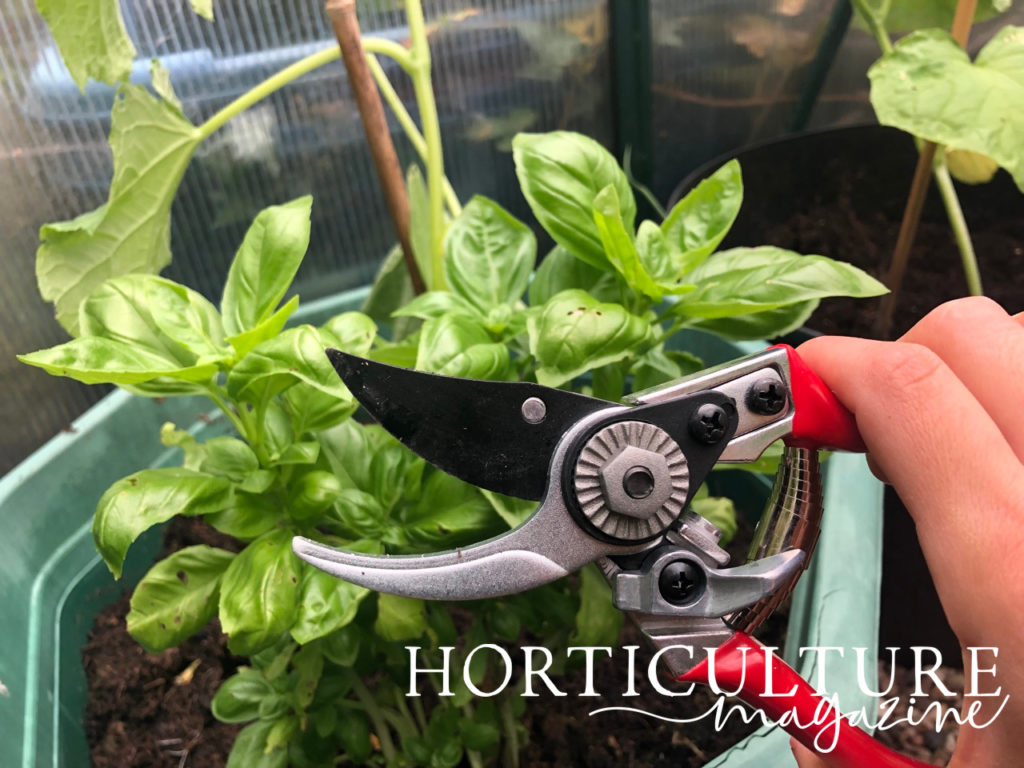
When harvesting, pick leaves from the tops of stems, rather than cutting away stems entirely.
“Leave at least two sets of leaves behind per stem,” Peter Lickorish, a Self-Employed Horticulturist since 2018, suggests.
“Try to keep harvesting to no more than three pairs of leaves at a time per stem.”
This will allow for new growth to appear in the place of the harvested foliage.
2) Prune To Keep Its Shape
As well as harvesting your plant when you require leaves, it’s also important to continually prune the stems so as to encourage as much growth as possible.
“Cut stems cleanly to just above a leaf with sharp scissors or secateurs, either after harvesting, or when stems become tall with large spaces between leaves,” says Peter.
“The top leaves tend to be upward facing or flat, whereas lower leaves can hang.
“Sometimes, the change between the two is a good indicator of where to harvest down to.
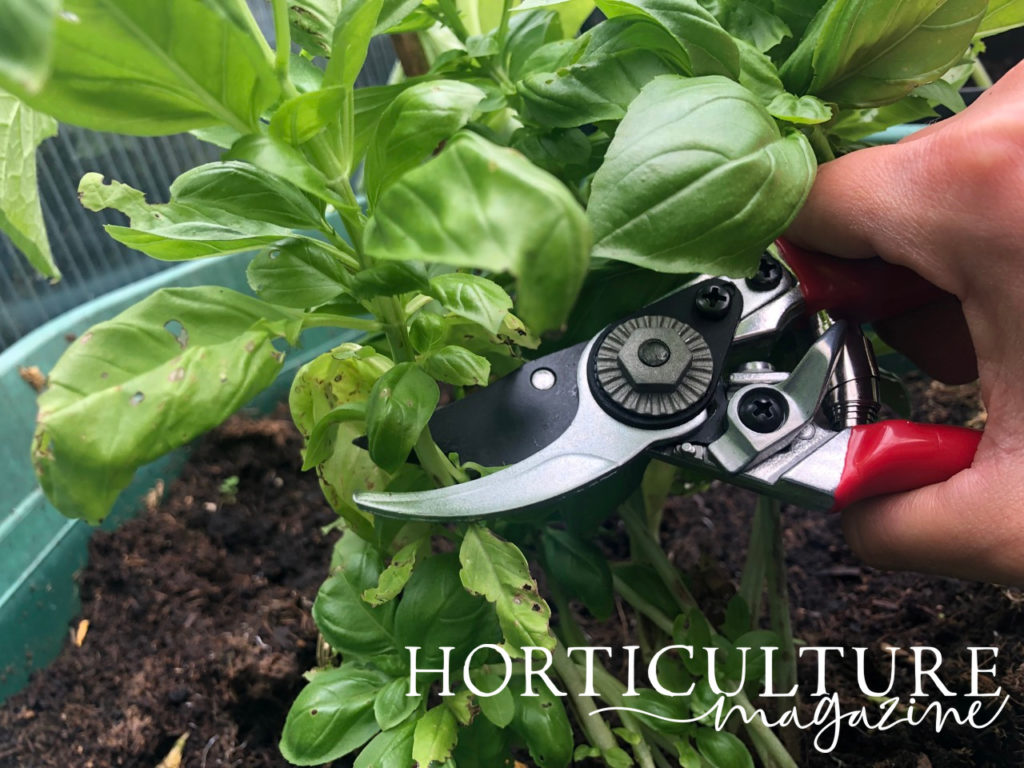
“Harvesting and pruning keeps the plant vigorous, but make sure you leave behind some leaves on the stem.
“Holding your secateurs with the bevelled blade to the plant will give the cleanest cut.”
If fed, watered and harvested regularly, your plant will continue to flourish throughout the summer months.
You should also keep an eye out for any flower spikes since these will divert energy away from the production of leaves and cause it to go to seed.
Nip the flowers in the bud before they develop.
3) Store The Basil
As mentioned above, harvesting basil continually is the best way to keep the plant going all through the season.
As a result, you’ll need to store your surplus leaves.
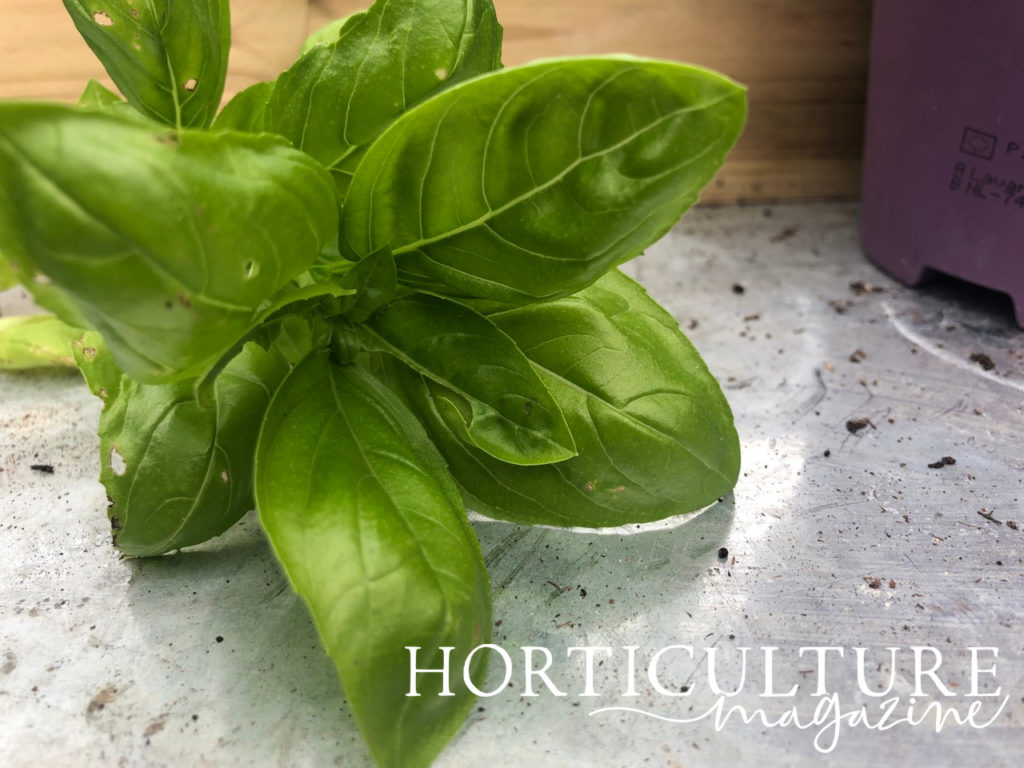
You can do so by placing them in the refrigerator for up to 3 days, or, if you do cut the entire stem, you can place this upright in a glass of water until needed.
When freezing basil, place whole or chopped leaves into an ice cube tray and cover with water or add olive oil.
4) Use As You Please
Ideally, you’ll cook with your basil leaves on the same day you harvest them for maximum freshness.
If this is the case, pick them in the morning, when they are at their juiciest and tastiest.
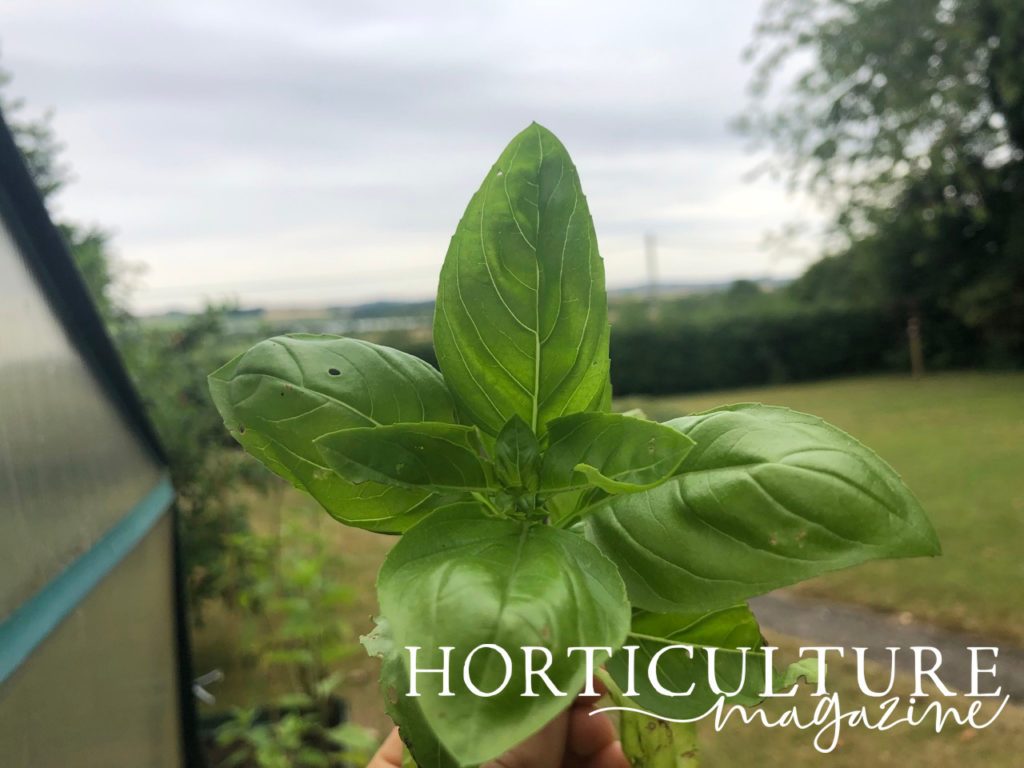
It’s said that tearing the leaves with your fingers (rather than chopping them with a knife) will help to release more of their delicious aroma.
You should only wash them immediately prior to use and add them at the end of the cooking process – otherwise you’ll end up with soggy leaves in both scenarios.

